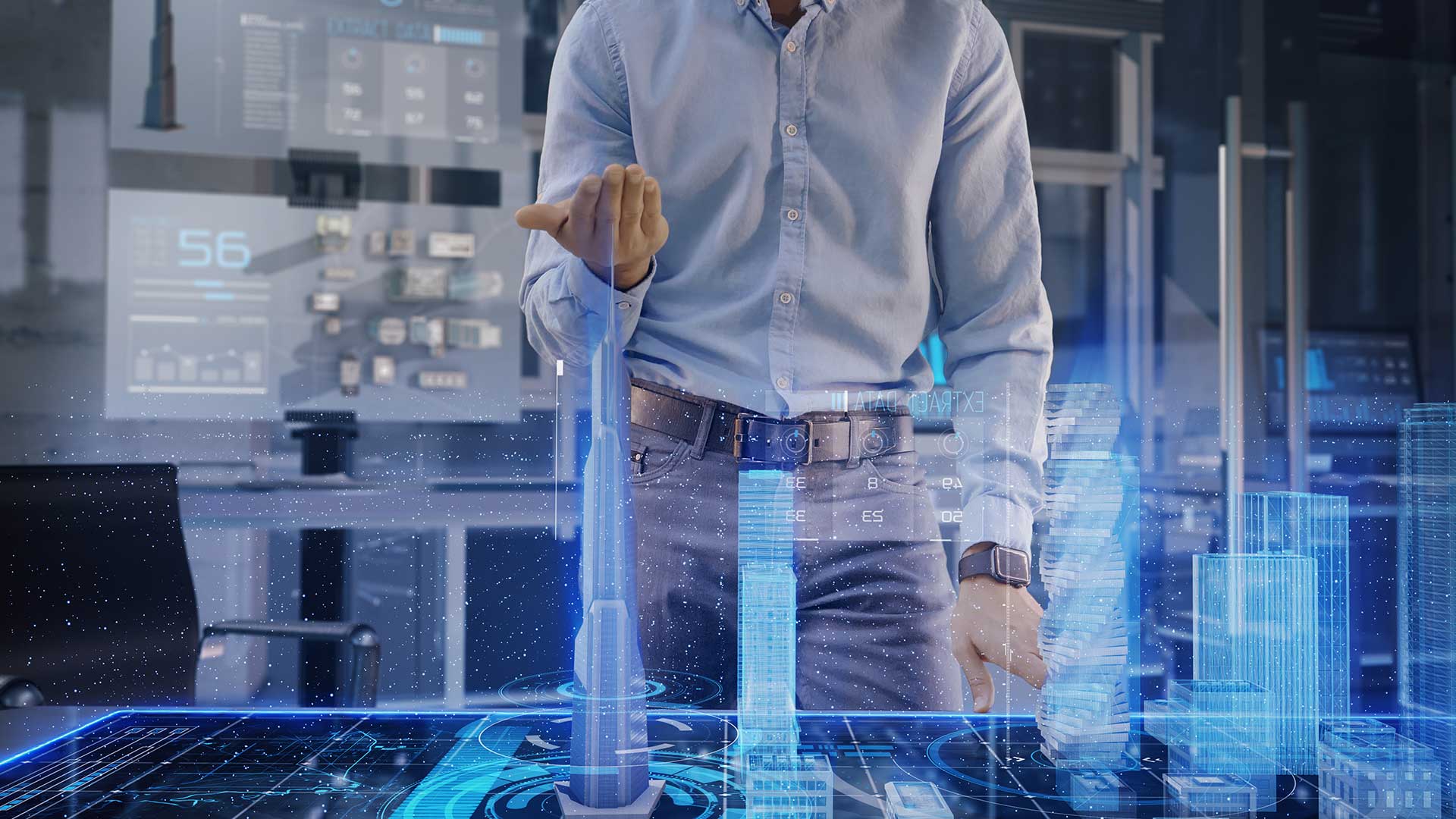Suddenly regaining sight – an unimaginable prospect for many people who suffer from visual impairment or blindness. But, with complex image processing algorithms and a head-mounted display, this is indeed possible¹. Technologies related to Mixed Reality and co. are already being used in many fields. Things can not only be made to “come alive” in the gaming and entertainment industry, or in marketing, but also in aviation, for the training of pilots, in the education and publishing industry for displaying the content of books, or in medicine, in operations, and also to provide life-changing support regarding the visual perception of individuals who suffer from visual impairment.
MR meets AI
Due to the blending of Mixed Reality technologies with functions of artificial intelligence, many factors play a role in the user experience. How an application is designed can have a huge effect on a more intensive user experience, as visual and haptic impulses are supplemented with acoustic functions. The interaction with the application thus reaches a new level of user experience. The resulting advantages can be loosely summarised as follows:
- Fast transmission of content (Time-to-Content) and information processing in real time
- Sensory stimulation: Simultaneously addressing different senses that sustainably support communication processes and structures
- Stimulation of user activities (e.g. through curiosity, longer retention times, etc.)
- Increasing the user experience through moments that “come alive”
- Multitasking
- Collision detection of real and virtual objects
The possible applications for Mixed Reality are limitless. Particularly in connection with artificial intelligence and in the context of the recognition of people, objects, or language, it is not just the user experience that is being taken to the next level, but more and more Use Cases are also being facilitated. With enormous amounts of data and new analysis approaches, algorithms that explain behaviours can enable a multitude of new business models in the virtual world in the future.
Image analysis / image recognition: Information can be filtered out of images with the assistance of image analysis or image recognition. Text and content from images can be understood and categorised, and individual objects or faces can be filtered out and recognised.
Face recognition / facial expressions / gestures: The face recognition function typically enables the recognition and analysis, as well as the comparing and grouping, of faces in photos. Emotions can be recognised through facial expressions and gestures.
Voice control / speech recognition: Often also called text-to-speech or speech-to-text, this function enables the evaluation and conversion of natural language. When processing natural languages, commands can be understood, speakers can be identified, or language can be converted into text format.
Thanks to new hardware, artificial intelligence, and the increasing use of smartphones, technologies have been enjoying a boom in all areas for some years now. New Use Cases and the growing availability of well-developed input devices are spurring on the market. In the public sector, however, it still seems to be a niche issue. However, there is still a lot of potential in this area.
But where are the opportunities that will make the public sector fit for the future with Mixed Reality technologies? And what exactly does Mixed Reality mean?
Virtual Value for the Public Sector
The question also arises for CIOs and IT professionals in the public sector as to which initiatives should be taken and which technologies and platforms should be invested in if they want to strategically advance digital applications with Mixed Reality.
In addition to spatial and environmental planning, e.g. for museums, sports facilities, neighbourhood centres, and playgrounds, displays and Smart Glasses can also facilitate decision-making in urban planning tasks. To master the challenges that come with the overhaul of the infrastructure offering and to consider the equality of all those involved in the entire planning process, planning innovations are required. Mixed Reality provides the opportunity for so-called Gender Planning to visualise different scenarios or different life situations and interests, and to thus assist in decision-making, e.g. regarding streetlights.
Nowadays, museums in particular struggle to give due consideration to the zeitgeist and to design exhibitions in an appealing way. To actively involve visitors and give them the opportunity to become a part of the exhibition, digital concepts create a new way of conveying content and self-exploration. With augmented reality technology, museums can relay additional information content, meanings, and contexts to their visitors that go beyond the visual perception of pure reality. For example, visual cross-fading could offer an insight into the past or perspectives that would otherwise be hidden. 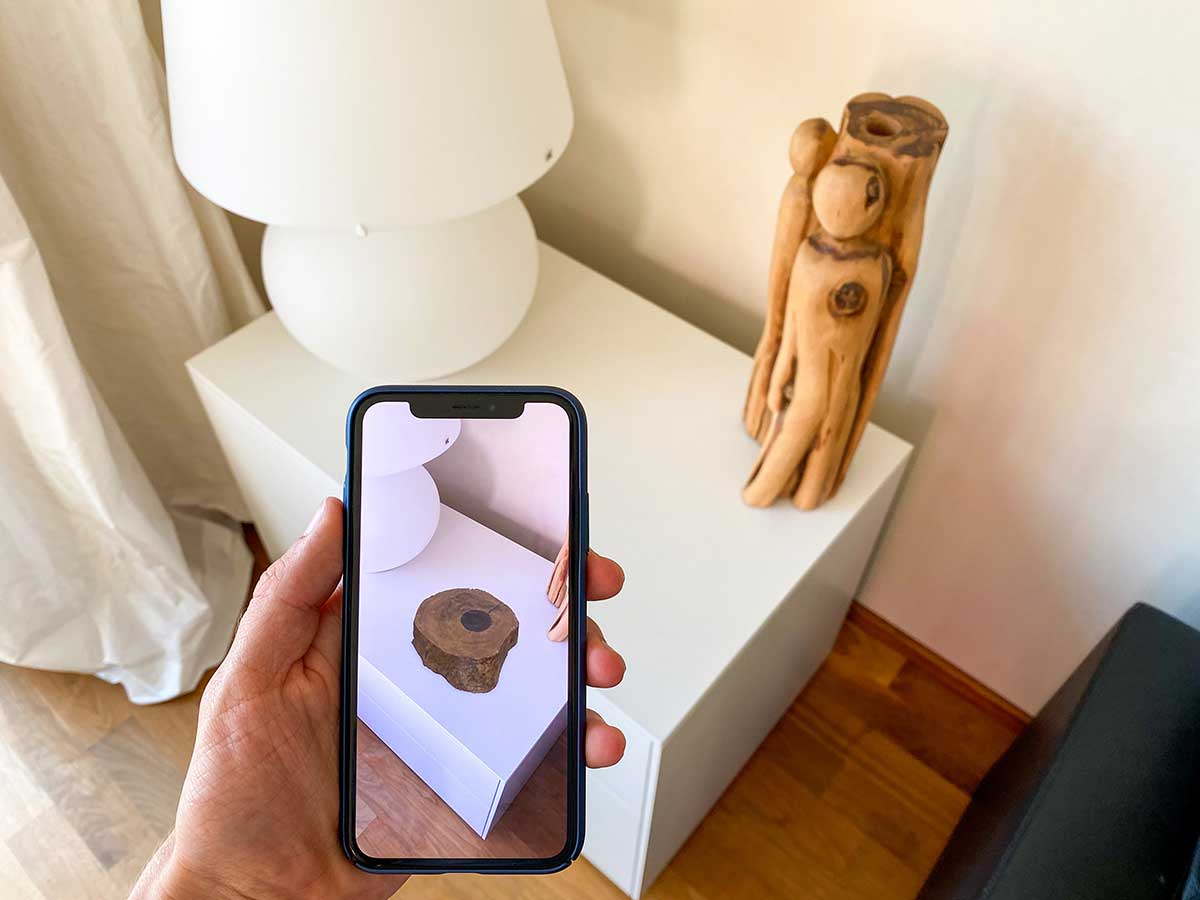
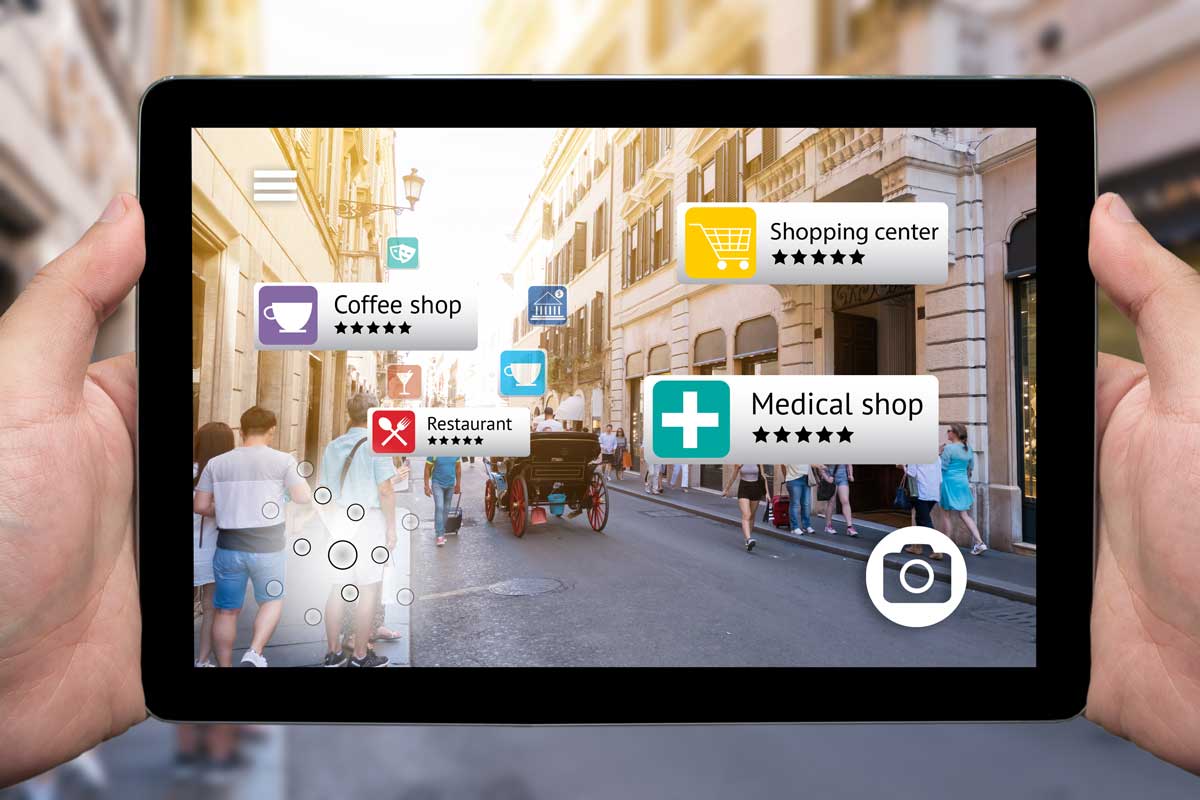
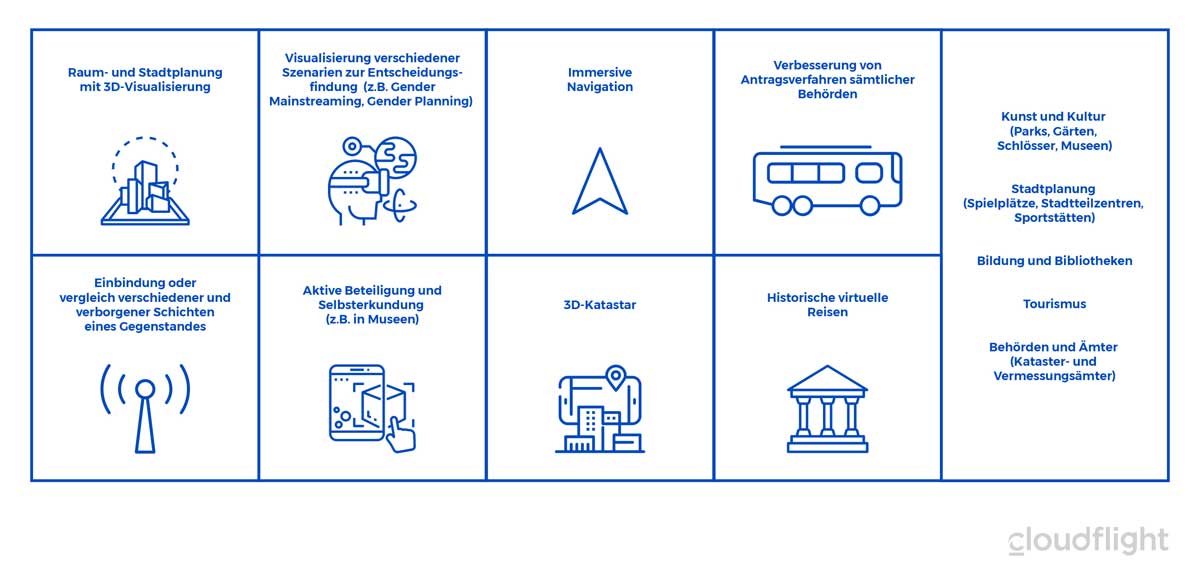
From Reality to Virtuality
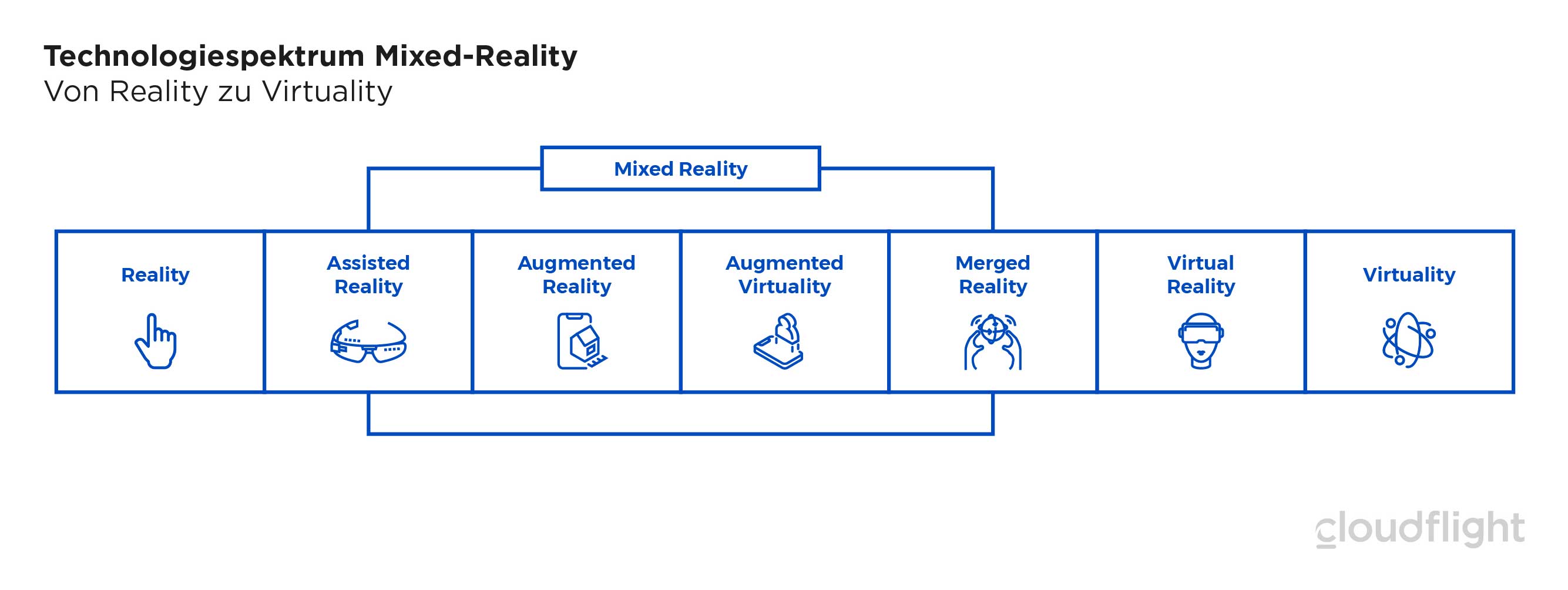
The term Mixed Reality refers to the mixing of the real world and the virtual world, and does not include any technology of its own. Mixed Reality solutions move along the two end points and contain those scenarios in which both environments are combined. Mixed Reality is the most suitable variant for business and the most flexible form, as it can include a particularly large number of virtual objects and environments without losing touch with reality.
However, it is not easy to clearly distinguish between virtual reality and Mixed Reality in practice. The lines are blurred, in particular due to the available hardware. There are VR glasses with tracking systems that record the spatial relationships; this integrates part of the real environment and models Mixed Reality. Other tracking technologies, on the other hand, only measure the change in position of the head, but not the position of objects in the user’s surroundings. Thus, there is no reference to the real world and consequently to Mixed Reality.
As a partner and expert in Mixed Reality technologies, Cloudflight works with you to develop applications that digitally map your company’s business processes according to your individual needs and take them to a new level of immersion. Sign up here.
¹ https://business.esa.int/news/satellite-image-processing-gives-sight-to-visually-impaired
